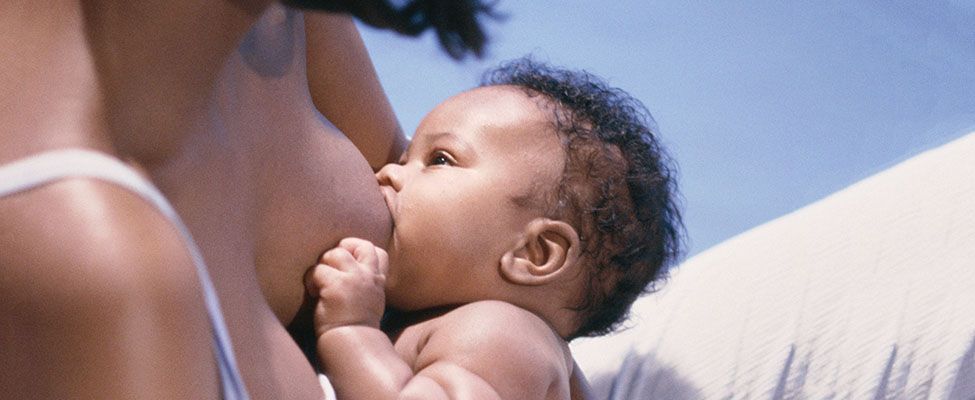Preparing to breastfeed

Planning for your baby's arrival includes learning about feeding. You have probably noticed a change in the size and tenderness of your breasts during your pregnancy. These changes happen because your body produces hormones to ensure you have enough milk to feed your baby once they arrive.
Health Canada recommends exclusive breastfeeding (avoiding giving formula or other types of milk) for the first six months, and continued breastfeeding for at least two years. At six months, most babies are ready for a mix of breast milk and solid foods.
Importance of breastfeeding
Why breastfeed?
- Breast milk is the natural food for babies, full of important vitamins and nutrients
- Babies need only breast milk for the first six months
- Breast milk is convenient, free, and available anytime
- Breastfeeding is environmentally friendly
- Breast milk helps prevent your baby from getting sick

Why is breastfeeding important?
- Promotes bonding between you and your baby
- Promotes healthy eating habits
- Promotes healthy brain and jaw development in your baby
- Controls postpartum bleeding and slows the return of your period
- Breast milk contains disease fighting substances to build your baby's immune system
What can interfere with breastfeeding?
- Free samples of formula when you're not yet feeling confident about breastfeeding
- Giving formula in addition to breastfeeding can lead to a lower milk supply and difficulties latching on
- Pacifiers and bottles (artificial nipples) - learn about using a cup or spoon if you need to give your baby extra milk
How to prepare for breastfeeding?
How labour and birth affect breastfeeding
Medical procedures and interventions during labour, such as inducing labour, epidurals, and caesarean sections (C-sections) can affect your health, your baby's health, starting breastfeeding and bonding with your baby. Discuss your feelings about pain management and procedures with your health care provider.
Skin-to-skin

Holding your baby skin-to-skin right after they are born helps them feel safe and warm, and gets them interested in breastfeeding. Having your baby skin-to-skin means they are naked, upright on your bare chest (with a blanket over you both). Keep your baby skin-to-skin on you for at least an hour after birth and then continue as much as possible.